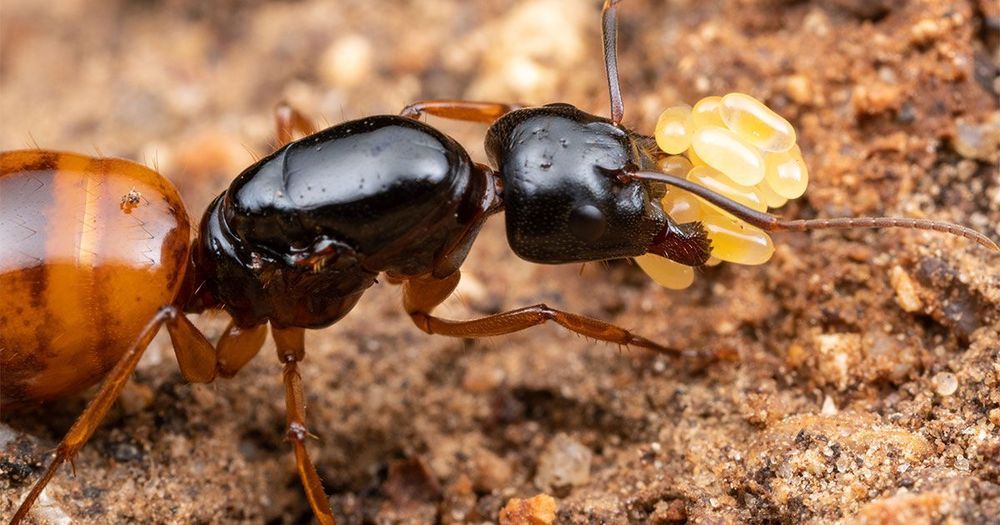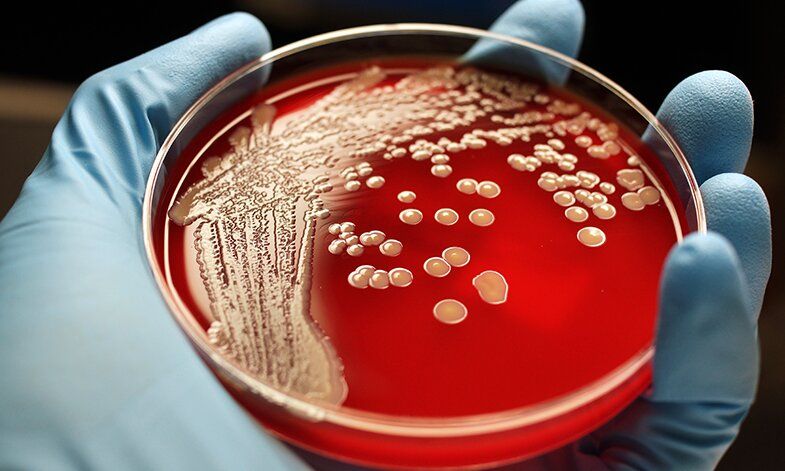Astronomers at the Keck Observatory in Hawaii say they have found the most distant galaxy yet. Its name is z8_GND_5296, and it is churning out new stars at an astounding rate. The remarkable z8_GND_5296 is believed to be about 30 billion light years away, and continues to gain distance. Scientists are hoping it can provide clues to what happened right after the Big Bang.
The Keck research team determined how far away z8_GND_5296 is by measuring precisely the redness of its light. Since the galaxy is moving away, its light waves are stretched, which makes it appear redder than it truly is. Astronomers call this phenomena redshift. This galaxy holds the redshift record at 7.51, beating the now second furthest galaxy by exactly 0.3. According to Nature, an international weekly science journal, only five known galaxies have a mathematically tested and confirmed redshift “in excess of 7.”
With regard to producing new stars, z8_GND_5296 is unusually productive. Nature says it puts out “about 330 new solar masses per year, which is which is more than a factor of 100 greater than that seen in the Milky Way.” This is even more impressive if one considers z8_GND_5296’s diminutive size. The powerhouse star-producer is only about 1–2% the size of our galaxy. Of the recorded galaxies with redshifts exceeding 7, only one other has a high star-formation rate.








